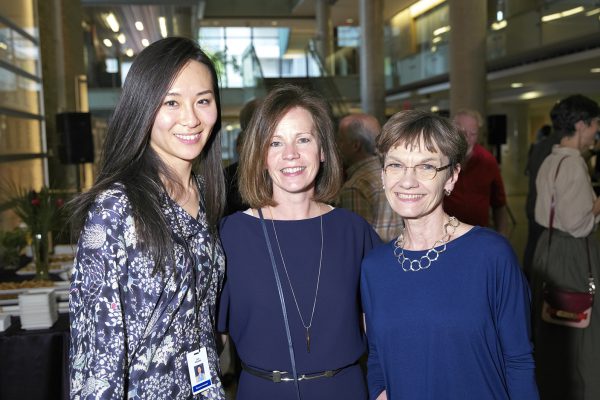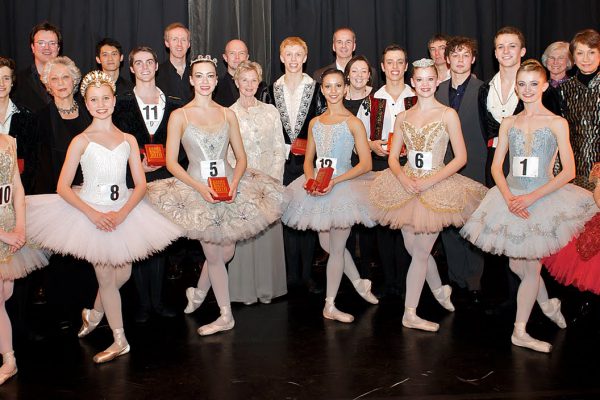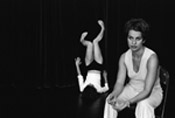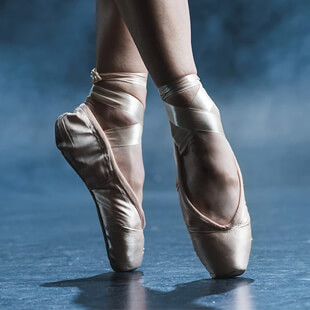This article is published through our Regional Reporter Program. We acknowledge the support of the Canada Council for the Arts through the Digital Now initiative.
***
This weekend and last, more than 40 speakers and panelists from across Canada and the United States are participating in an international symposium hosted by Canada’s National Ballet School, the Dance Institute of Washington and dance teacher and author Lauri Fitz-Pegado.
The virtual symposium Addressing Racialization in Ballet aims to explore solutions for improved Equity, Diversity and Inclusion in the ballet sector.
Mavis Staines, artistic director and CEO of Canada’s National Ballet School, was one of the symposium organizers. Her session topics include why equity matters, contextual history of classical ballet, voices of the next generation and why Equity, Diversity and Inclusion is good business. Speakers represent a wide range of roles from consulting to teaching and performance.
“It was important to hear both lived experiences and expertise. Equally important is to underscore that this is not a one-shot deal and that this is ongoing work,” said Staines in an email. “Our focus with this inaugural symposium is on anti-Black racism in ballet, and it is the first of many steps to ensure that we address racialization in ballet across the full spectrum of society.”

Diana Rutherford, Halifax-based freelance dance instructor and owner of Diana Rutherford Coaching and Consulting, attended the first round of sessions last weekend. She acknowledged the tough yet important conversations that took place.
“Race equality can be a difficult conversation for a predominantly hierarchical-based industry. This symposium is giving a platform for all involved to challenge the ideology of classical ballet,” she said.
In particular, Rutherford pointed to those speakers who addressed their experiences as Black artists including Kevin Thomas, artistic director and co-founder of Collage Dance Collective, and Tyrone Brooks, artistic director of The Tallahassee Ballet.
On the second Friday evening of the symposium, Livona Ellis, a dancer with Ballet BC, spoke on the panel comprising dancers currently working in the sector, discussion whether the environment is changing or not.

She shared her experiences as a new Black dance teacher and the importance of younger dancers seeing themselves represented through her and knowing where her performing career took her. She also shared her story of answering an audition call in Europe that was looking specifically for dancers of colour. She and three other Black dancers were grouped together for their performance, resulting in feeling a sense of segregation and tokenism.
Ellis believes the symposium is about connecting people: “What I found really important was to connect with other artists in the industry and feeling support from them and understanding exactly what they are talking about and feeling a power in numbers.”
She also noted that the symposium “will have a great impact for people who are listening and really listening.”
“The act of looking at a Black dancer and seeing them for who they are and not using their external appearance to facilitate a narrative that we’ve all seen as stereotypes, that act can have a great ripple effect,” she said.
Rutherford knows there is room for improvement in the sector and recognizes that keys to change are awareness, education and strategic planning. She credits industry leaders with creating space for the precedent-setting discussions of the symposium.
She hopes that the “symposium will create a trickle-down effect, bringing awareness to the Atlantic dance community to create an environment where these conversations can happen within our local dance schools, education programs, funding programs, etc.”
Staines believes that the collective participation the symposium is experiencing is crucial and will make a difference in the ballet world.
“We have the opportunity and responsibility now to be a part of the most important movement in ballet’s evolution in which, with ever-increasing momentum, the delivery of ballet will embody equity, diversity and inclusion. By moving ballet forward in this way, we will create a more vibrant, relevant and overall stronger future for the art form.”
Dance Media Group strengthens the dance sector through dialogue. Can you help us sustain national, accessible dance coverage? Your contribution supports writers, illustrators, photographers and dancers as they tell their own stories. Dance Media Group is a charitable non-profit organization publishing The Dance Current in print and online.

Tagged:






